The industrious nature of bees extends beyond their role as pollinators; it delves into the intricate world of hive construction. Bees, particularly honeybees, exhibit remarkable architectural skills in crafting their hives. Let’s explore the captivating process of how these buzzing architects create their abodes.
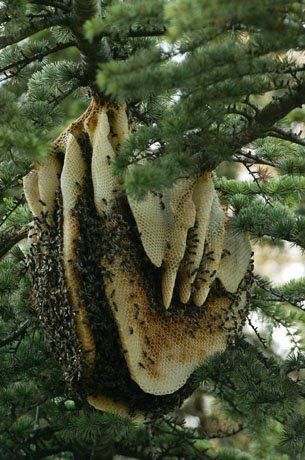
Section 1: Hive Selection and Location
Bees begin their architectural journey with a critical decision – choosing the perfect hive location. A suitable hive site must offer protection from the elements, be easily defendable, and provide ample space for growth. Bees often opt for tree hollows, rock crevices, or even human-made structures like chimneys.
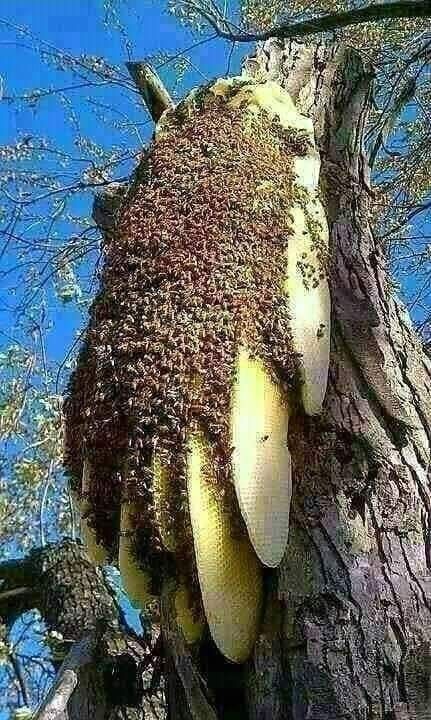
Section 2: Hive Components
The primary material used in hive construction is beeswax, secreted by worker bees. This malleable substance forms the foundation of the hive. Worker bees meticulously build hexagonal cells, a design that maximizes space efficiency. The hexagonal pattern not only provides structural stability but also allows for optimal storage of honey, pollen, and brood.
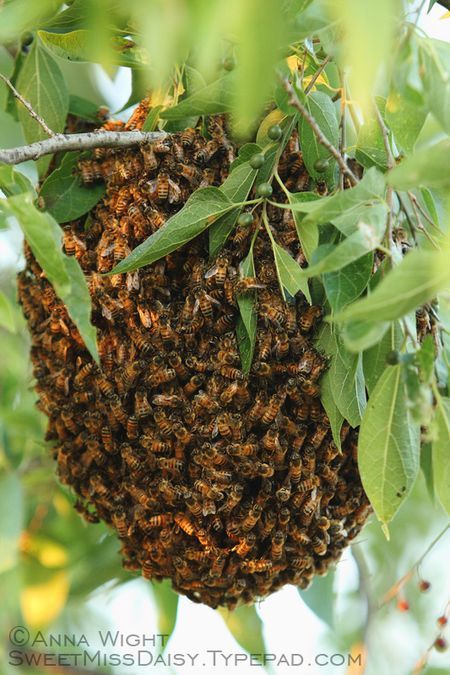
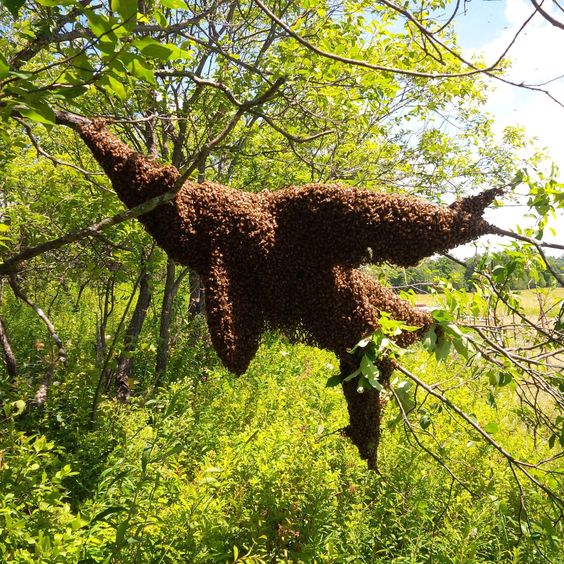
Section 3: Cooperative Construction
Building a hive is a collaborative effort involving thousands of worker bees. Each bee has a specific role in the construction process. Some bees secrete wax, others shape it into cells, and others still transport building materials. This coordinated teamwork ensures the hive’s timely completion and functionality.
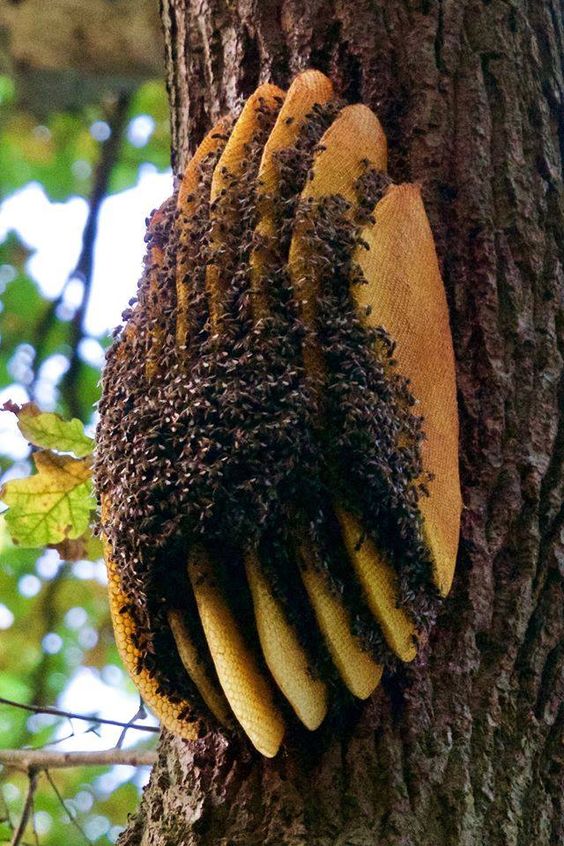
Section 4: Ventilation and Climate Control
Bees are not just skilled architects; they are also adept at maintaining the hive’s internal environment. Through a sophisticated system of ventilation and climate control, bees regulate the temperature and humidity within the hive. This ensures the survival of the colony and the proper development of the brood.

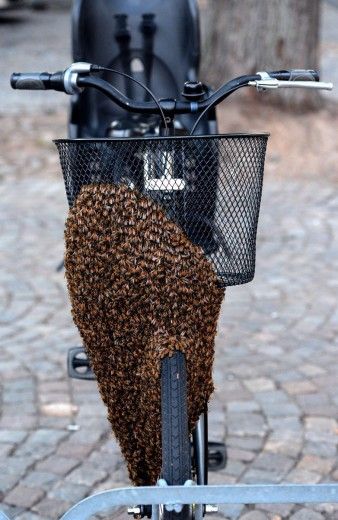
Section 5: Defensive Design
To safeguard their home, bees incorporate defensive features into their hive architecture. The hive entrance is often narrow and guarded by worker bees, preventing entry to potential threats. Some species even build entrance tubes that zigzag, making it challenging for invaders to navigate.
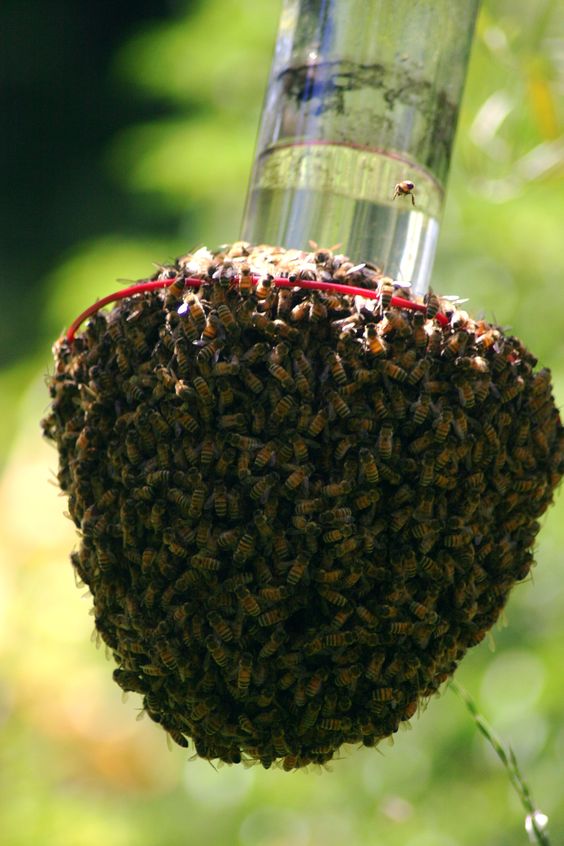
In conclusion, the construction of a bee hive is a marvel of nature, showcasing the collective intelligence and ingenuity of these tiny architects. The precision, efficiency, and functionality embedded in their hives not only serve the immediate needs of the colony but also contribute to the overall health of ecosystems by supporting pollination and biodiversity. The world of bee architecture is indeed a fascinating realm that continues to captivate scientists and nature enthusiasts alike.






